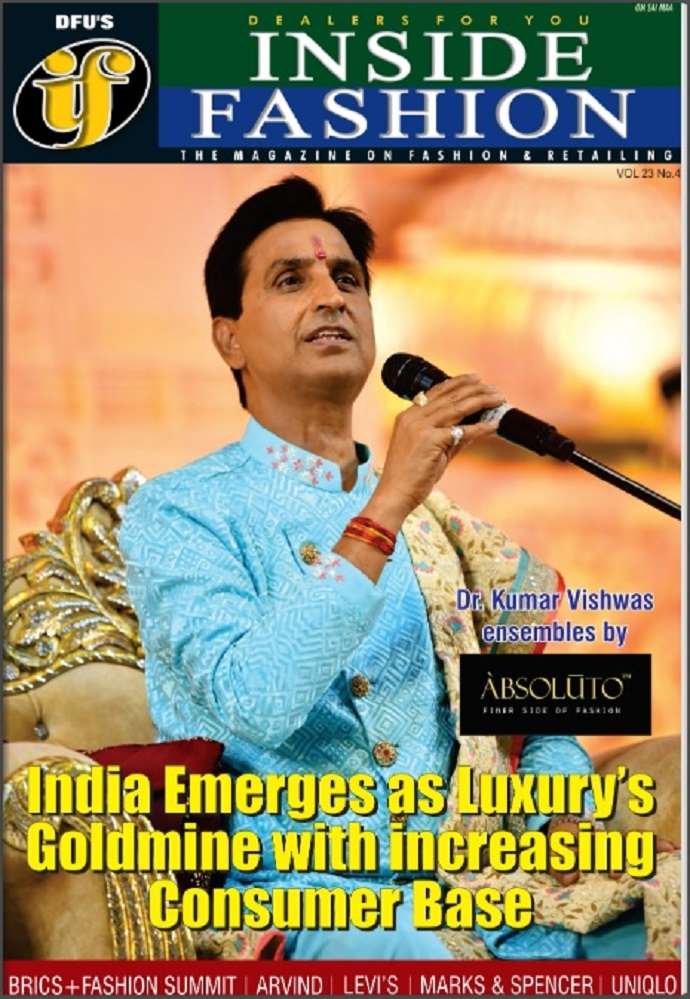The goal of textile PLI is to capture the whole value chain: Piyush Goyal is an Indian businessman
_large.png)
9th September 2021, Mumbai:
Minister of Textiles Piyush Goyal discusses the purpose of the PLI for the textile industry. Excerpts that have been edited: What are your thoughts on the PLI for the textile industry?
Piyush Goyal (Piyush Goyal): PM Modi conceived the Production-Linked Incentive plan as a means to make India more internationally competitive by allowing large-scale production to take advantage of economies of scale while also improving the quality of the items that India produces.
We've already had a lot of success in industries including pharmaceuticals, medical devices, and mobile manufacturing. As a result, we've expanded our scope to include new industries, the most recent of which being textiles. It's fascinating to note that, due to climatic circumstances and our history, India has mainly focused on the cotton-based textile sector. We'll keep focusing on it since it generates a lot of jobs. It is the country's most populous industry. In addition, we have our own strengths in the industry.
However, if you look at the global market today, man-made fibers (MMFs) and technical textiles account for two-thirds of the global market and international trade. We have squandered that chance in recent years. MMF and technical fabrics are the subjects of this PLI program. It would encourage people to build larger-scale industries, with a minimum investment of Rs 100 crore at one level and Rs 300 crore at another, and a promise to have a turnover or production of at least twice that amount, i.e. Rs 200 crore and Rs 600 crore.
The concept is to develop global champions who can capture the whole value chain. We are now completely reliant on imported textiles. In India, a lot of processing isn't done. As a result, the goal is to capture the whole value chain.
The Prime Minister has already instructed the petrochemical sector and the petroleum ministry to work together to establish backward linkages for enough raw materials generated in India.
The aim is that by implementing this program, we would be able to make MMF and technological textiles feasible, immediately creating 7.5 lakh employment, as well as capturing the entire value chain and expanding investments all the way down to petrochemicals.
Watch YouTube: https://www.youtube.com/channel/UCnQ6v9wBHyOlRPSDgJMsJaA
























